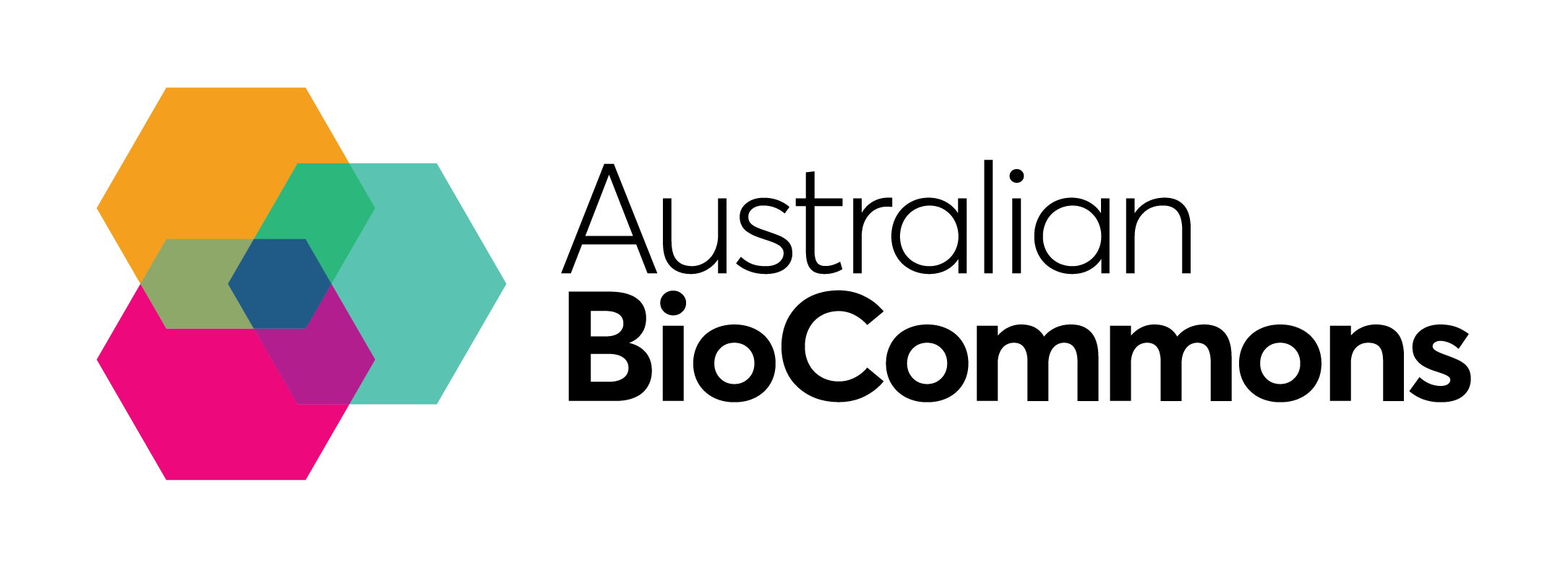A new online tutorial is taking researchers back to basics to uncover the principles of phylogenetics and how tree-building methods work thanks to a longstanding collaboration between Professor Michael Charleston from the University of Tasmania and Australian BioCommons.
Read MoreAn off-the-shelf bioinformatics workflow for genome assembly from HiFi read data is now available and has been specifically tailored for Australian researchers through a collaboration between BioCommons and the Australian Genomics Research Facility.
Read MoreMeet us at booth 27 of the 23rd International Congress of Genetics, which is being held in Melbourne, Australia from 16-21 July 2023. You can find out about our activities in building bioinformatics infrastructure to support human health, agricultural and environmental science research, and discuss the challenges researchers face. We’ll showcase the services that the BioCommons and our partners offer and we would love to hear your feedback!
Read MoreThe new Galaxy Australia Genome Lab is now available for use by the Australian genomics community. This customised, user-friendly workbench provides rapid access to a range of sophisticated resources needed for genome assembly and annotation.
Read MoreAustralian BioCommons took part in the development of prototype components of the proposed National Approach to Genomic Information Management research ecosystem. The collaborative submission made by our Human Genomes Platform Project and the University of Melbourne Centre for Cancer Research’s returned very favourable reviews in the Preliminary Implementation Recommendations to the Australian Government (April 2022) recently released by Australian Genomics.
Read MoreThe Galaxy Australia service is being chosen by large numbers of researchers from around Australia to complete their bioinformatics analyses. Rapid uptake of the service has seen millions of jobs submitted across a broad spectrum of critical research questions with hard-hitting outcomes for the real world.
Here we highlight the work of Dr Rhys Parry, who recently submitted the three millionth job to Galaxy Australia. Rhys has used Galaxy Australia extensively - first for his PhD work in virus discovery and transcriptome assembly, and now for RNA-Seq analysis and assembly of SARS-CoV-2 genomes.
Read MoreAustralian BioCommons partners broadly in our efforts to drive coordinated solutions to life science researchers’ problems. Genomics for Australian Plants (GAP) is developing genomics resources to enhance our understanding of the evolution and conservation of the unique Australian flora. GAP’s phylogenomics bioinformatics working group has combined newly developed and existing scripts into an integrated workflow for the assembly of target capture data.
Keen to share these resources with researchers who can use them, the group has been working with BioCommons to offer a series of events to train others in using these novel pipelines. Theoretical webinars and hands-on training workshops will be delivered virtually in conjunction with the upcoming Australasian Systematic Botany Society Conference.
Read MoreWe were pleased to see one of our close partners recently awarded a grant to extend on a highly collaborative BioCommons project. Dominique Gorse from QCIF, along with Sandie Degnan and Bernie Degnan from the School of Biological Sciences at UQ, received support for Developing a scalable genome browser and interactive repository for large and complex multi-omic datasets from non-model organisms of environmental and economic importance.
Read on to hear how their 2021 UQ Genome Informatics Hub (GIH) collaborative project, it will deliver an interactive repository for diverse transcriptomic, chromatin-state and proteomic data and will be immediately populated with existing genomes of two Great Barrier Reef animals: the notorious destroyer of coral reefs, the crown-of-thorns starfish and a model for animal evolution, the sponge Amphimedon queenslandica”.
Read MoreThe Australian BioCommons is identifying community-supported bioinformatics tools used for assembly of non-model organism reference genomes, and subsequently coordinating the install, optimisation and documentation of these tools across Australian computing facilities, including the national (tier 1) high performance computing centres. A major aim is to provide reusable and reproducible methods that can be applied across these and other infrastructures available to the genome assembly community.
Read More